Previously, I discussed how electromagnetic interference affects video signals when using a CATx extender. In this posting, I will be discussing how using shielded cable can protect your video signal from EMI.
A simple and cost effective way to prevent EMI from interfering with signal transmission when using a CATx extender is to use shielded cable to transmit the signal. Cable shielding is offered in a wide range of designs. Each type of shielded cable construction offers distinct advantages that need to be carefully considered when selecting the best and most cost-effective option for a given application.
Braid Shields: A braid shield on a twisted pair cable, shown in Figure 1, provides effective shielding at audio, as well as RF ranges. It also provides excellent structural integrity while maintaining good flexibility. Braid shields are better than foil for minimizing low frequency interference and have lower DC resistance.
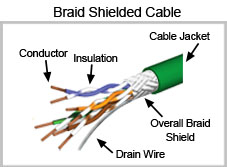
Figure 1: Braid Shielded Twisted Pair Cable
Foil Shields: A foil shield on a twisted pair cable, shown in Figure 2, offers excellent protection against electromagnetic interference at audio and radio frequencies. They weigh and cost less than braid shields.
Due to their small size, foil shields are commonly used to shield individual pairs of multi-pair cables to reduce crosstalk.
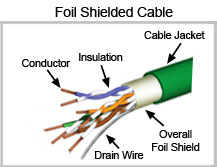
Figure 2: Foil Shielded Twisted Pair Cable
Combination Foil/Braid Shields: A twisted pair cable with a combination foil/braid shield, shown in Figure 3, provides maximum shield effectiveness across the frequency spectrum. The combination foil/braid combines the advantages of 100 percent foil coverage with the strength and low DC resistance of a braid.
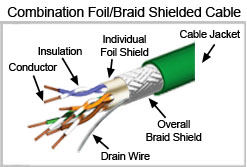
Figure 3: Foil and Braid Shielded Twist Pair Cable
How Shielding Helps Reduce EMI Problems
Reflection and absorption are the primary ways in which shielding significantly reduces the EMI strength on the signal carrying conductors inside a shielded twisted pair cable. Figure 4 is a representation of how the cable can reflect the high frequency EMI such as from a radio transmitter. The same shield will also absorb some of the energy of the radio transmitter EMI, further reducing the amount of EMI that makes it to the inner twisted pair conductors. When properly installed with shielded connectors to grounded equipment, the shielding redirects a small amount of the electromagnetic energy. These effects of reflection, absorption, and redirection make shielding very effective at reducing problems from high frequency interference.
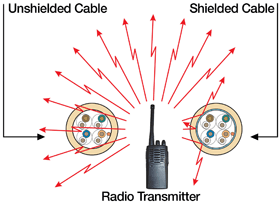
Figure 4: Representation of Braid or Foil Shielded Cable Reflecting EMI
The best way to protect against EMI from low frequency magnetic fields, such as those from a motor or a large transformer, is to provide sufficient distance between the cable and the source of the interference field. Cable shielding has only limited effectiveness at preventing interference problems from lower frequency magnetic fields. Instead of reducing a magnetic field by reflection or absorption, the cable shielding produces a magnetic field in opposition to the interfering lower frequency magnetic field. This has the result of reducing the intensity of the changing magnetic field that reaches the twisted pair conductors. Figure 5 is a representation of how shielding can reduce the strength of this type of interference from reaching the internal twisted pair conductors.
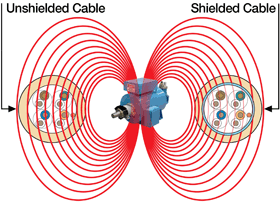
Figure 5: Cable Shield Reduces the Intensity of EMI inside the Cable
If you have an electromagnetic noise problem, it is recommended to use shielded cable. When dealing with only higher frequency electromagnetic noise such as from a radio transmitter, a foil shielded cable provides adequate protection. To achieve effective shielding against low frequency electromagnetic fields such as from an electric motor, a braid shield or a combination foil/braid shield is necessary. If you are unsure about the type of electromagnetic noise, it is recommended that you use a combination foil/braid shielded cable, because it provides the best protection against the widest range of electromagnetic noise.
